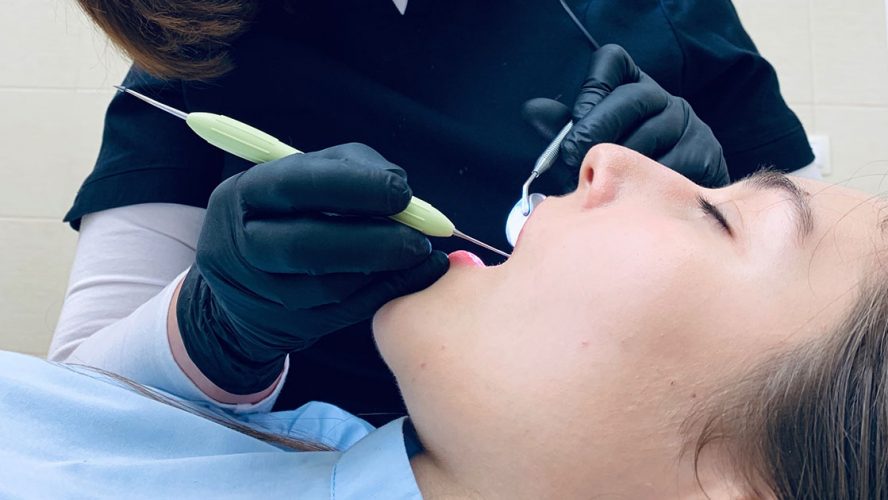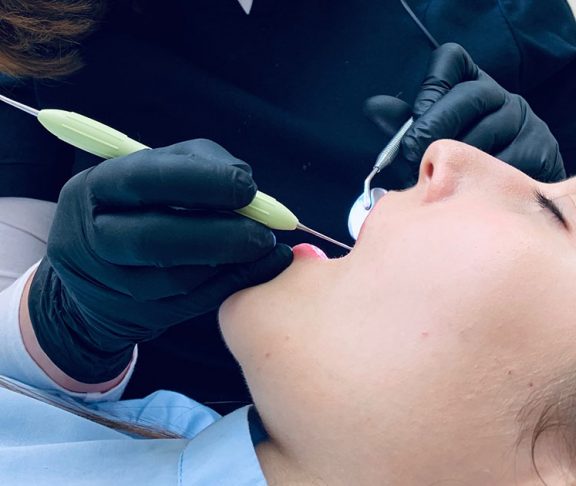Almost half of all adults over 30 in the United States have gum disease, a condition that is treatable, thanks to advances in dental technology.

Gum disease, also known as periodontal disease, is the accumulation of dental plaque below the gum line. This triggers an ongoing inflammatory response. If left untreated, patients can lose teeth and their overall health can be affected.
“Periodontal disease is the number one reason adults lose teeth,” says Steven R. Daniel, DDS, president of the American Academy of Periodontology. He notes that smoking and diabetes are two other major contributors to periodontal disease.
Treatment options
For mild cases, a periodontist will recommend a patient will get a deep cleaning procedure. This is known as scaling and root planning. This will remove plaque and tartar buildup from the roots of the teeth and other areas that brushing and flossing can’t reach.
For more serious cases, periodontists can perform procedures intended to eliminate infection and regenerate bone and gum tissues that have been destroyed by the disease. For receding gums, periodontal plastic surgery can be done to reconstruct or reshape the gum around teeth.
Prevention
Dr. Daniel says doctors need to educate their patients about gum disease and the adverse effects it can have on a patient’s overall health. Research shows there’s a connection between periodontal disease and various systemic conditions such as diabetes, cardiovascular disease and cancer.
He advises brushing twice daily and flossing regularly to remove plaque and debris from between the teeth and below the gum line. “Periodontists want people to keep their teeth for a lifetime,” Dr. Daniel says. Above all,“early diagnosis and treatment is key to making that happen.”

